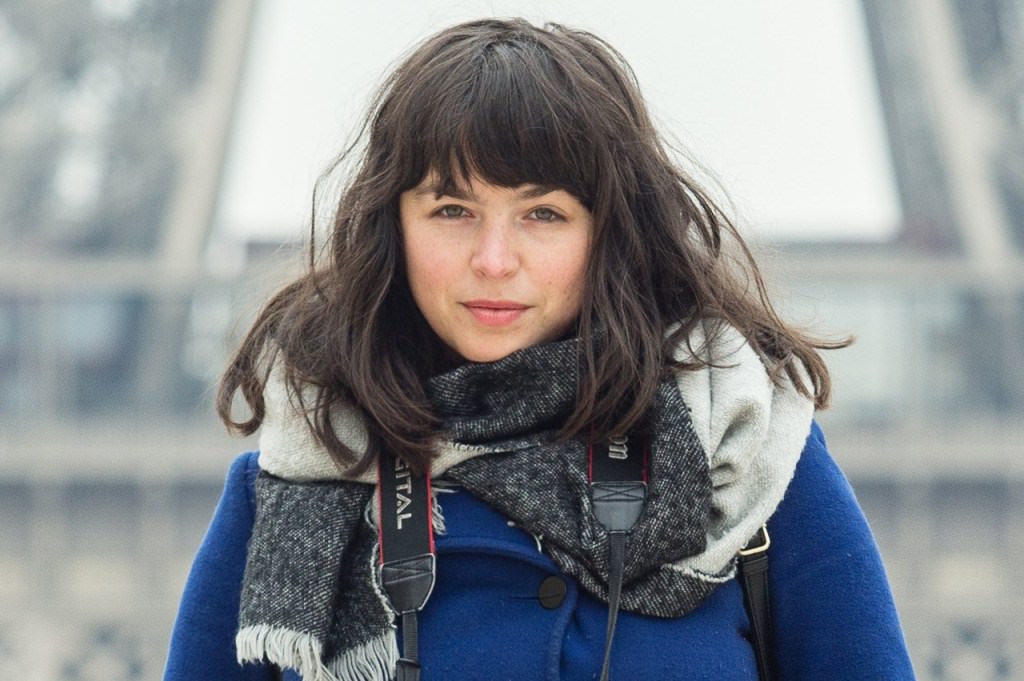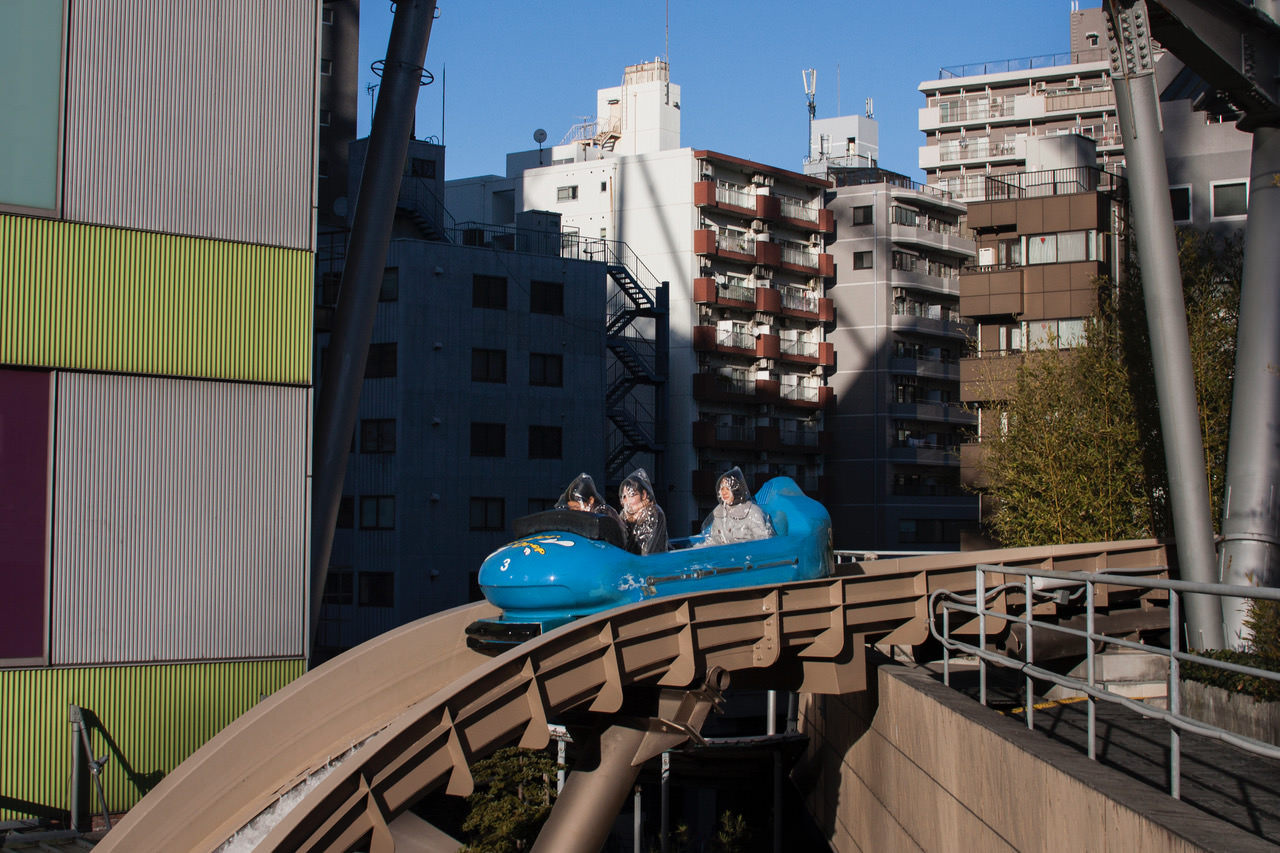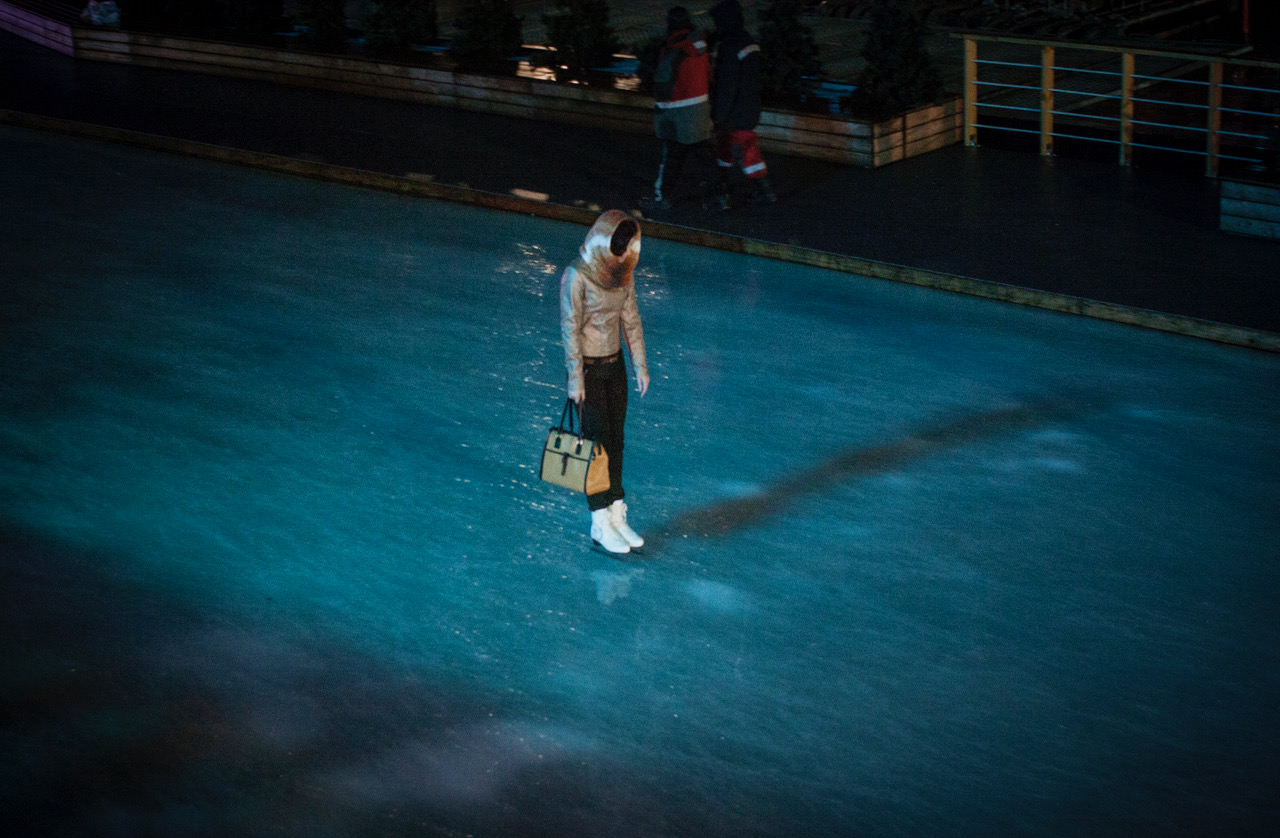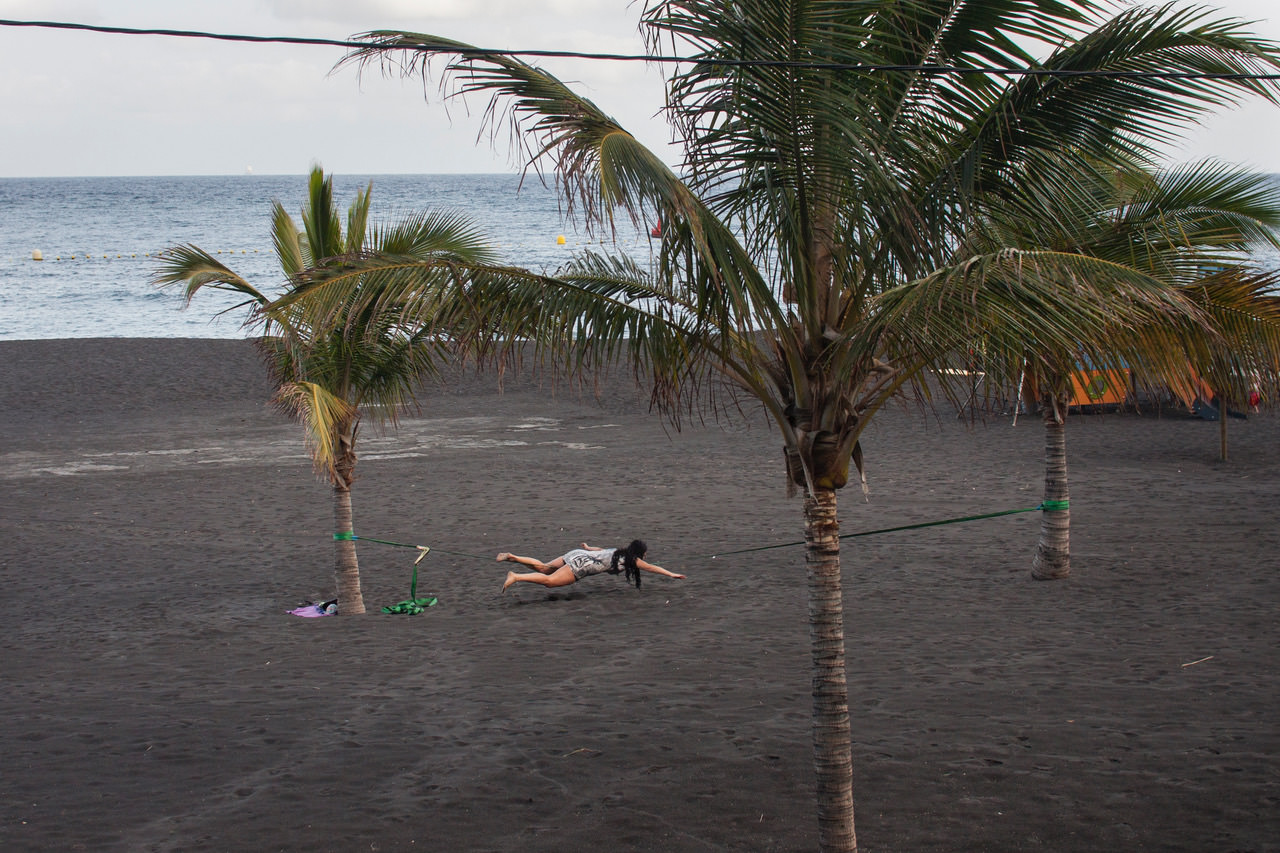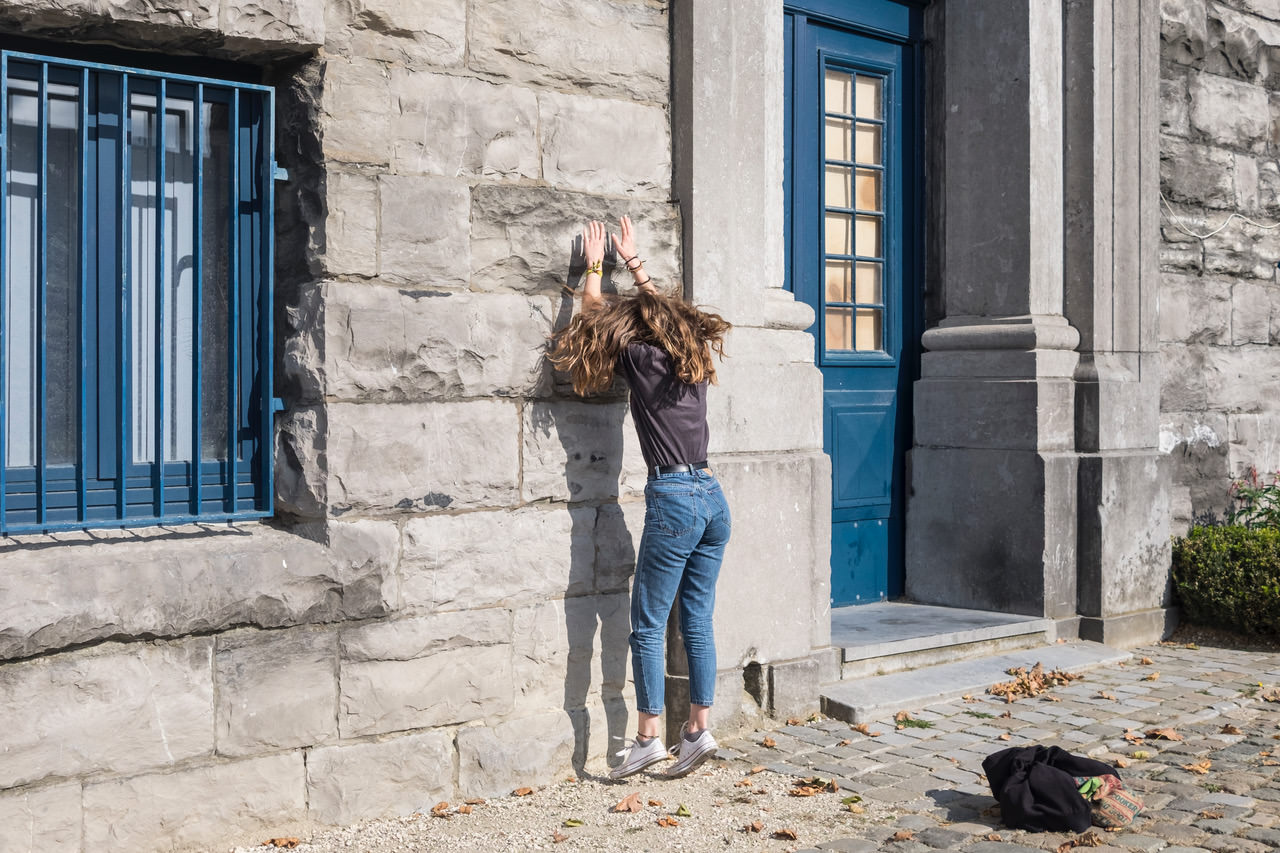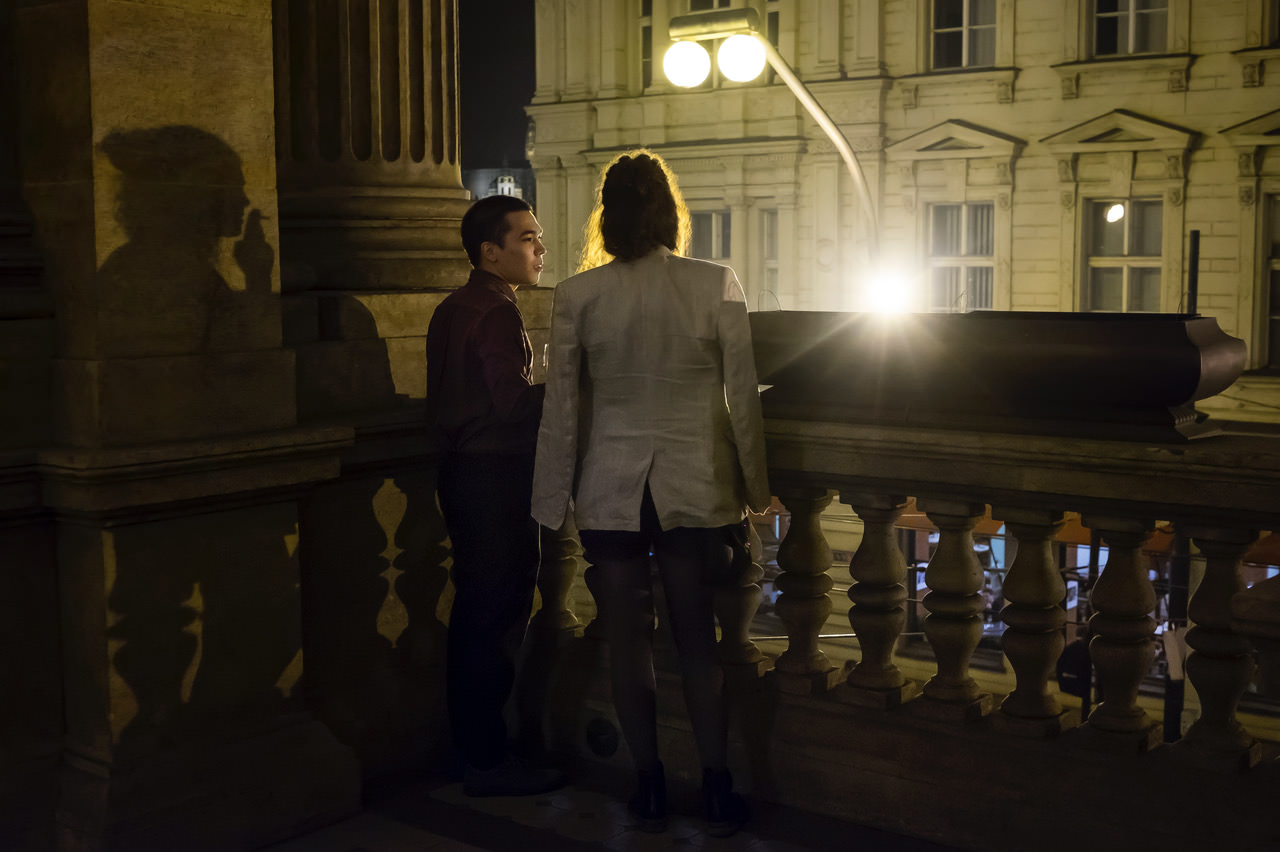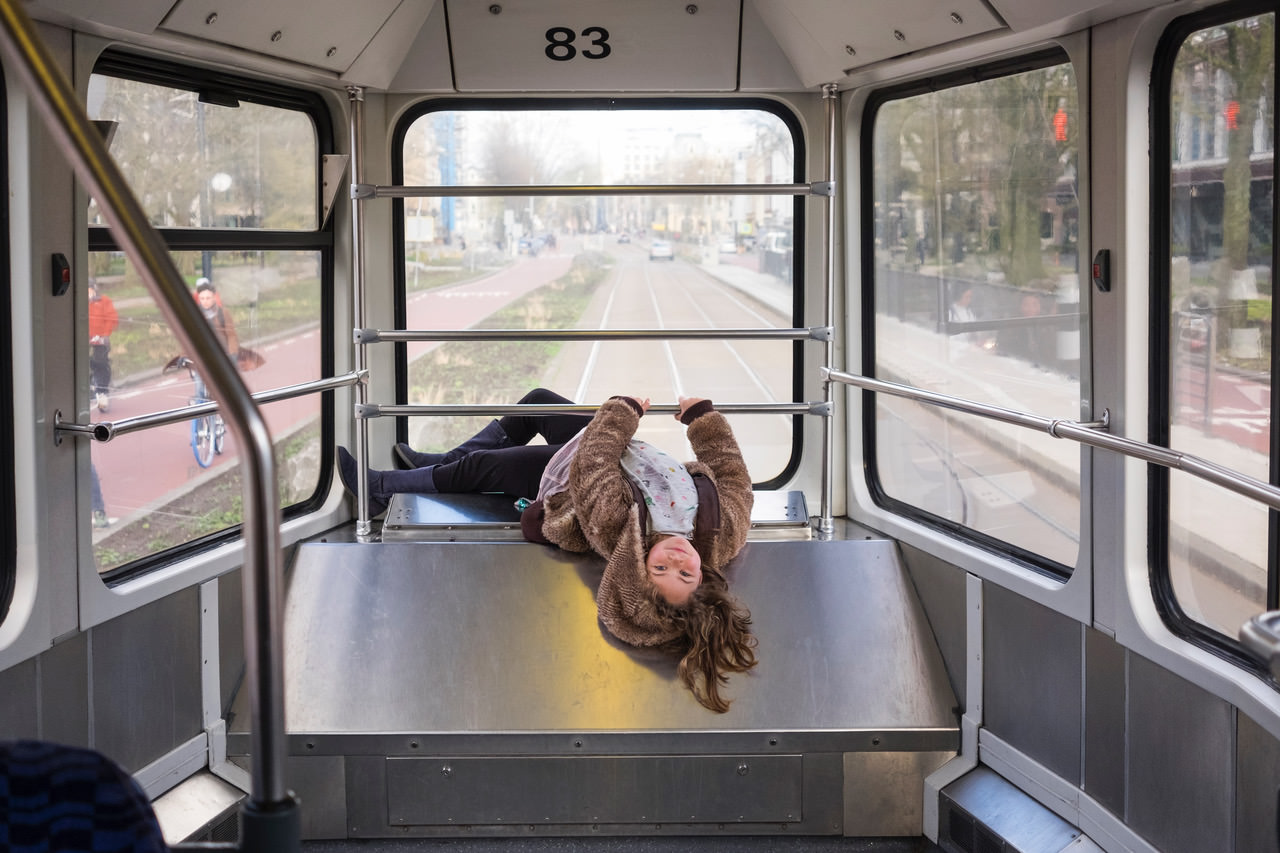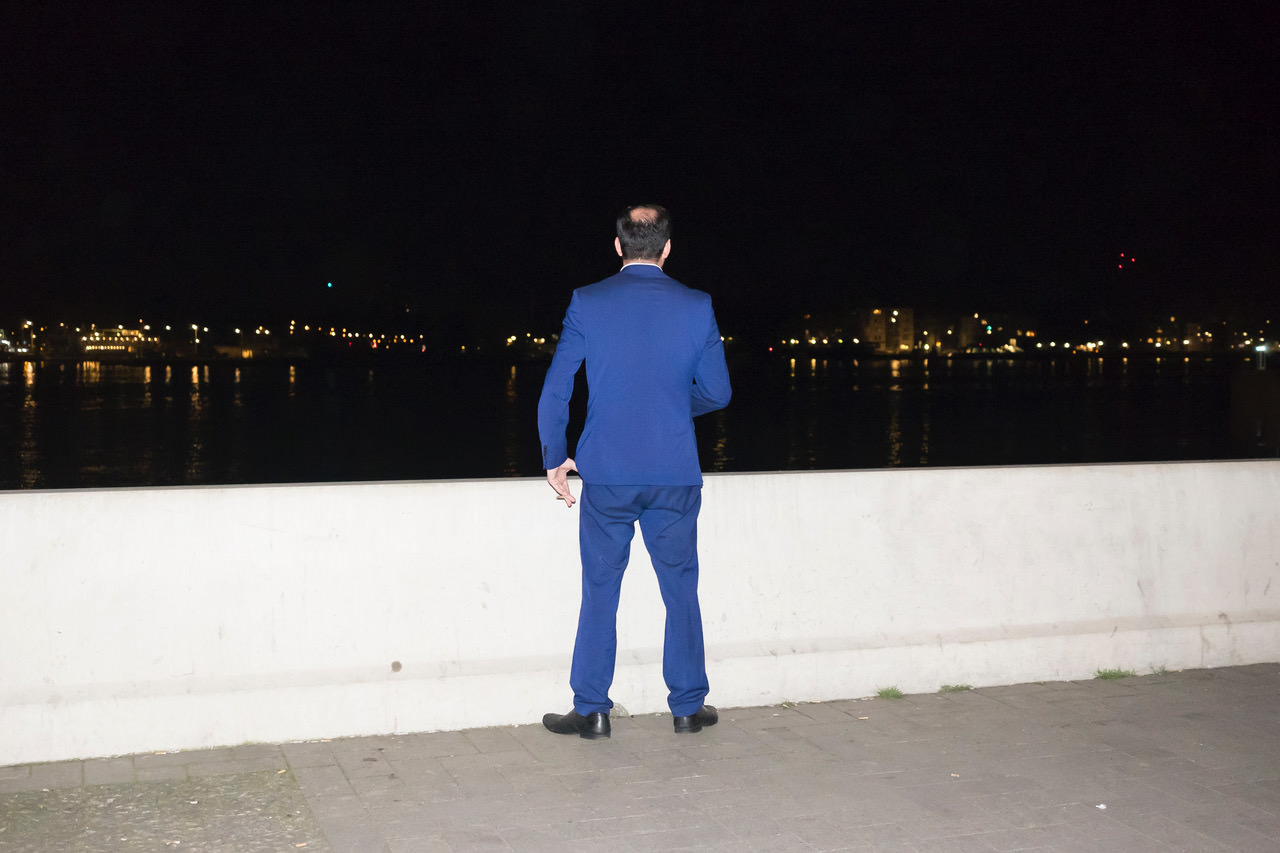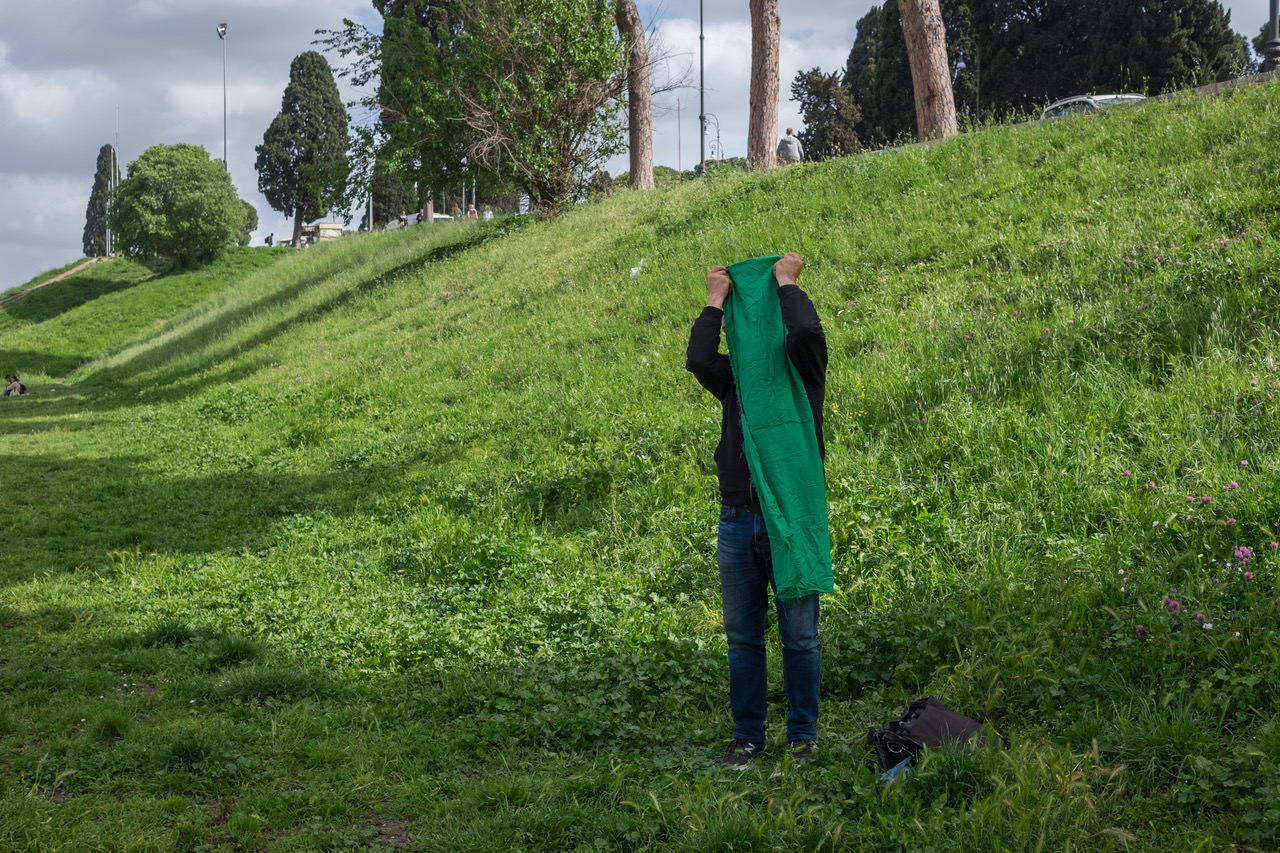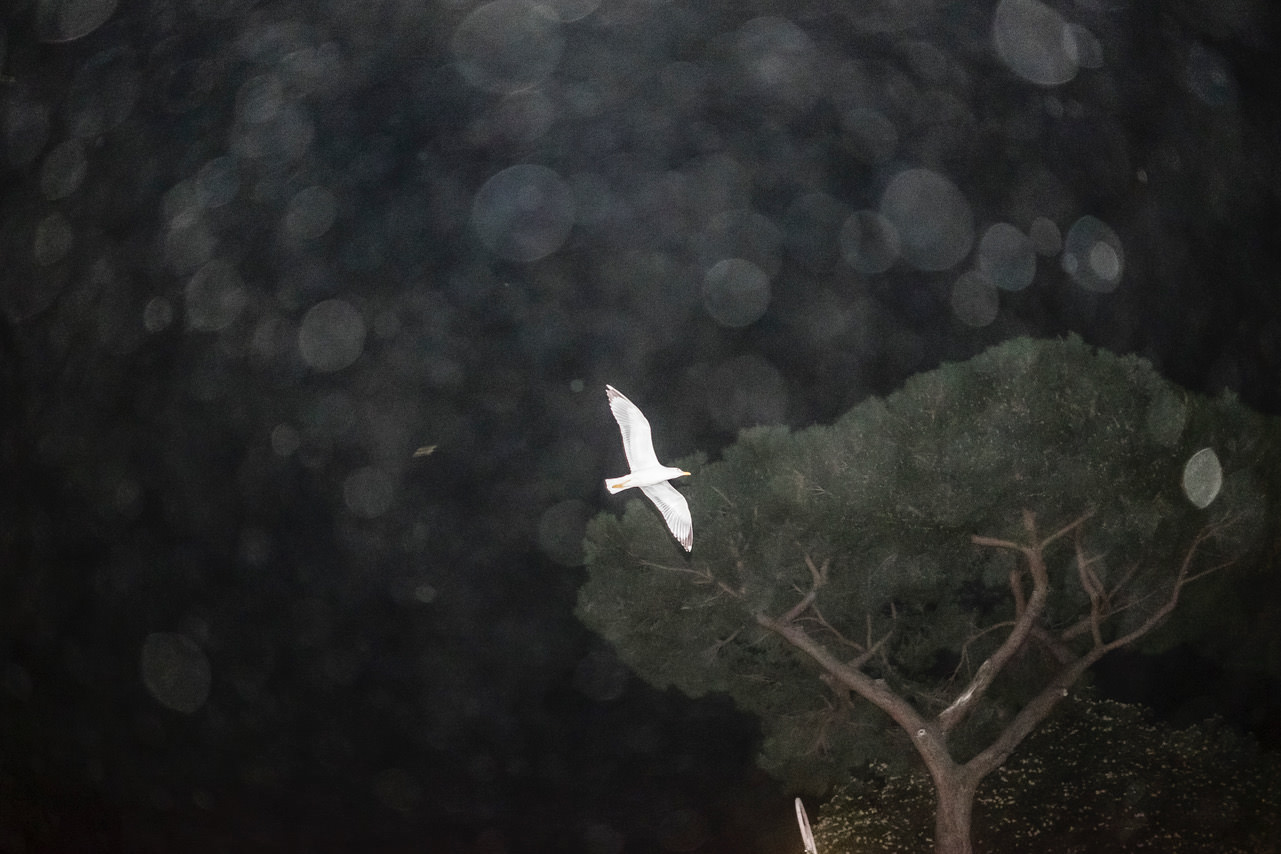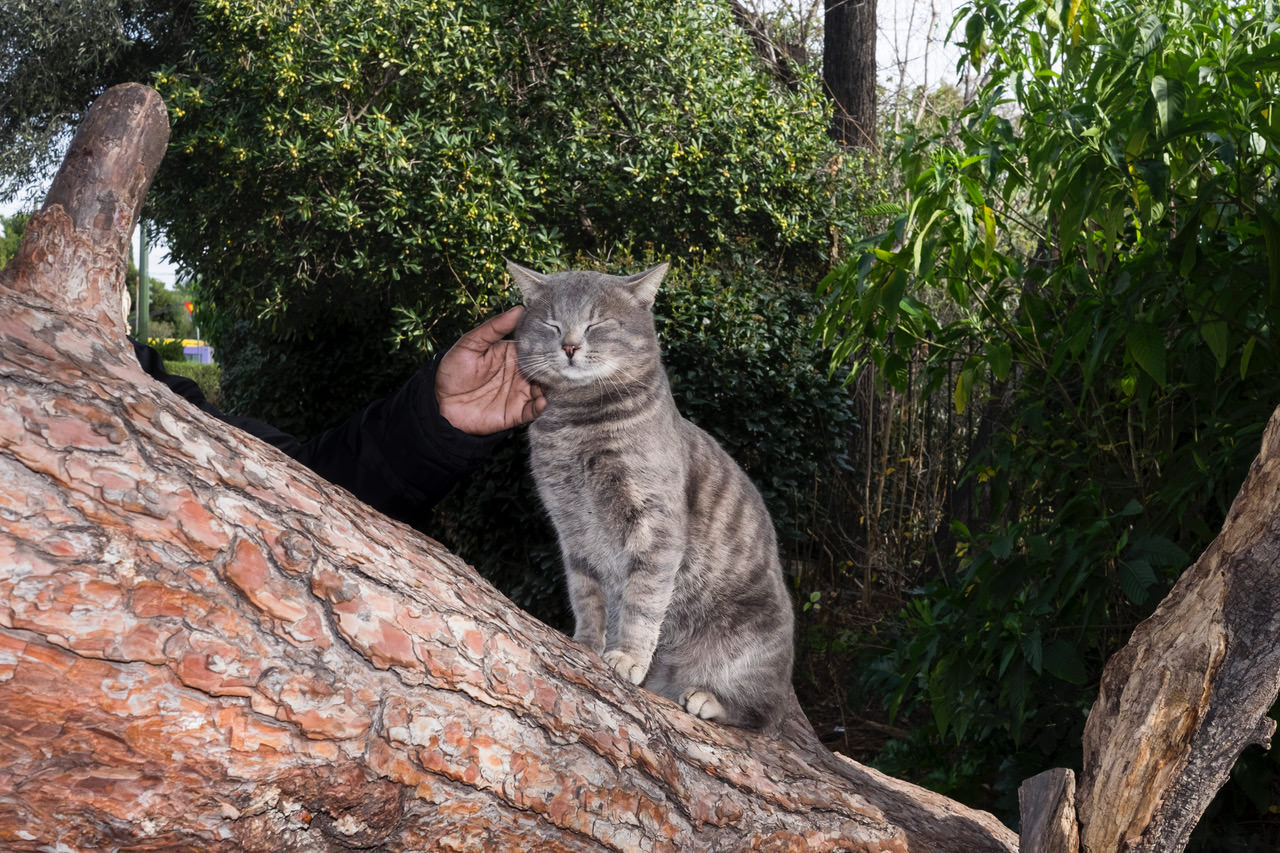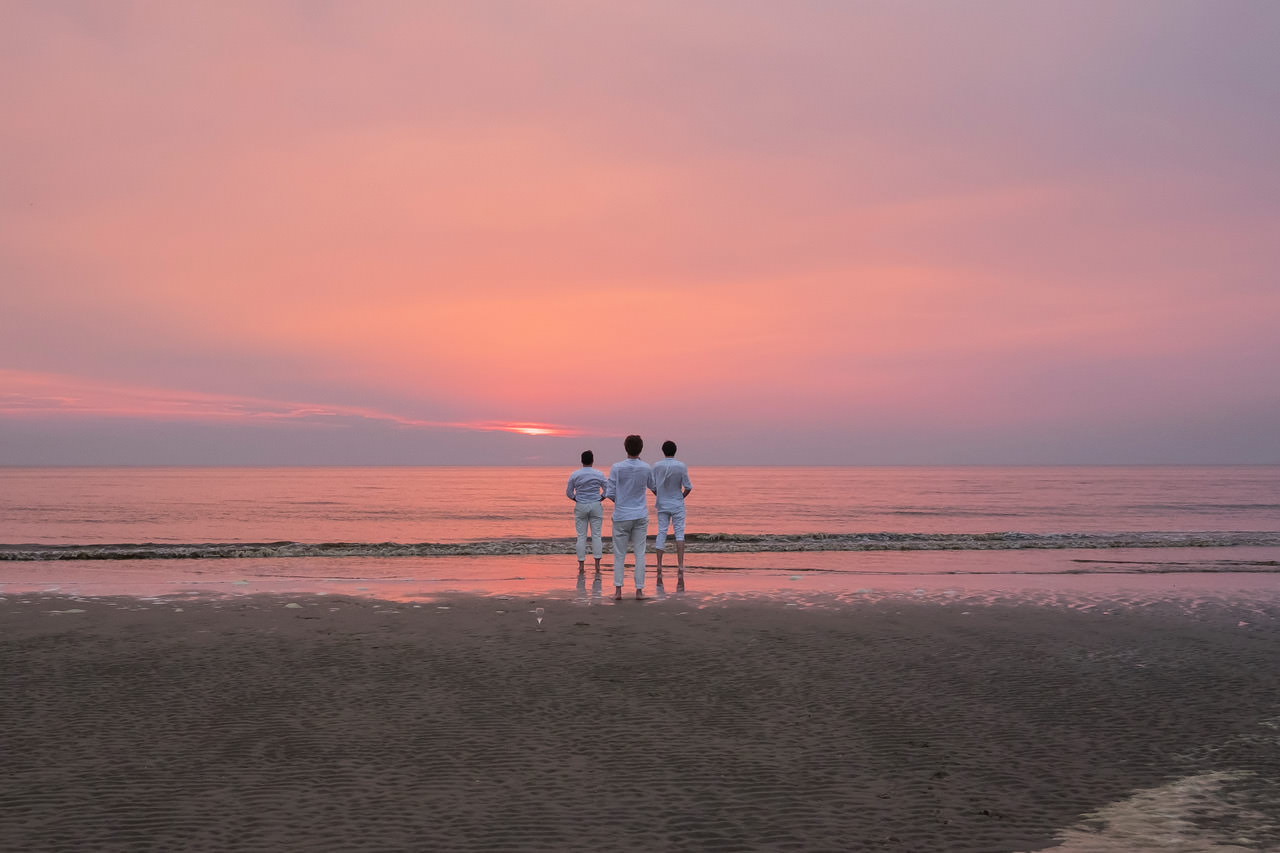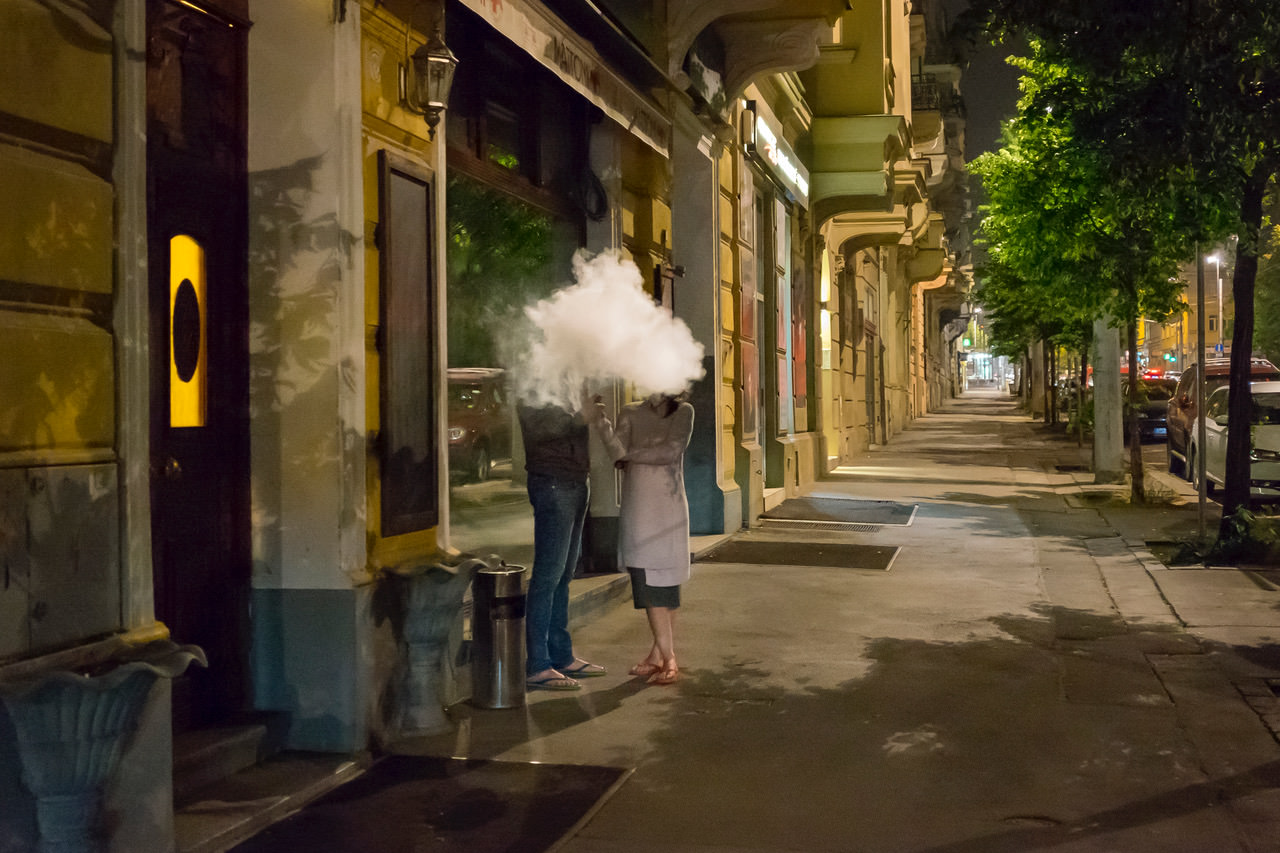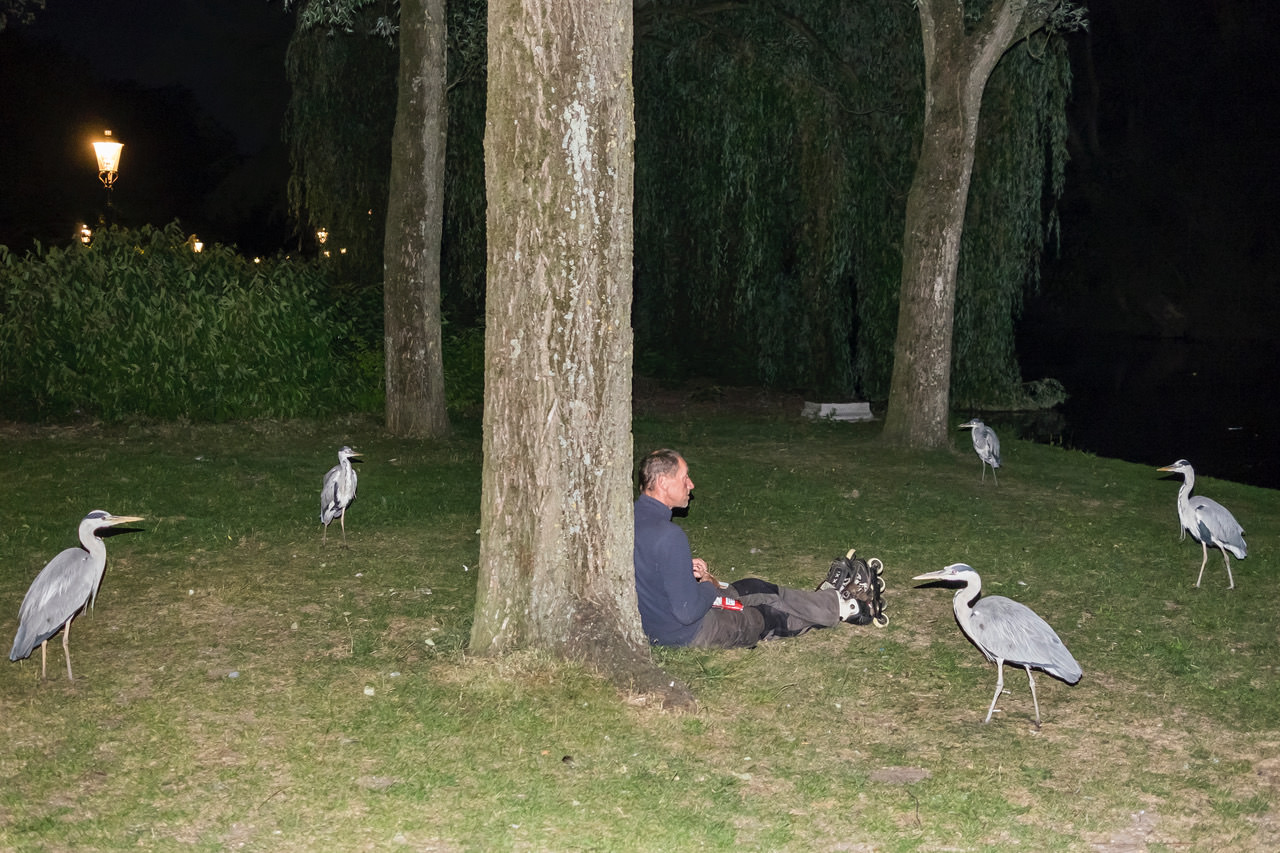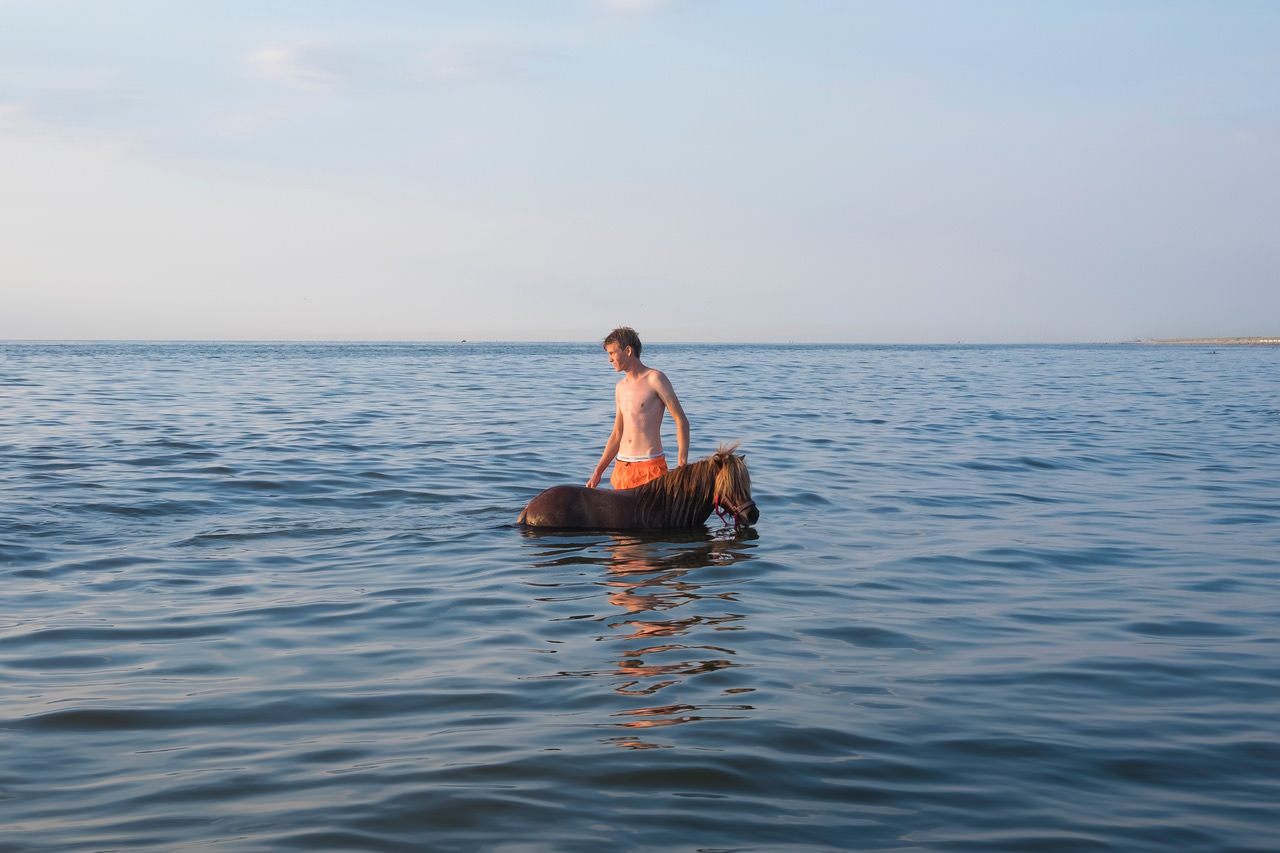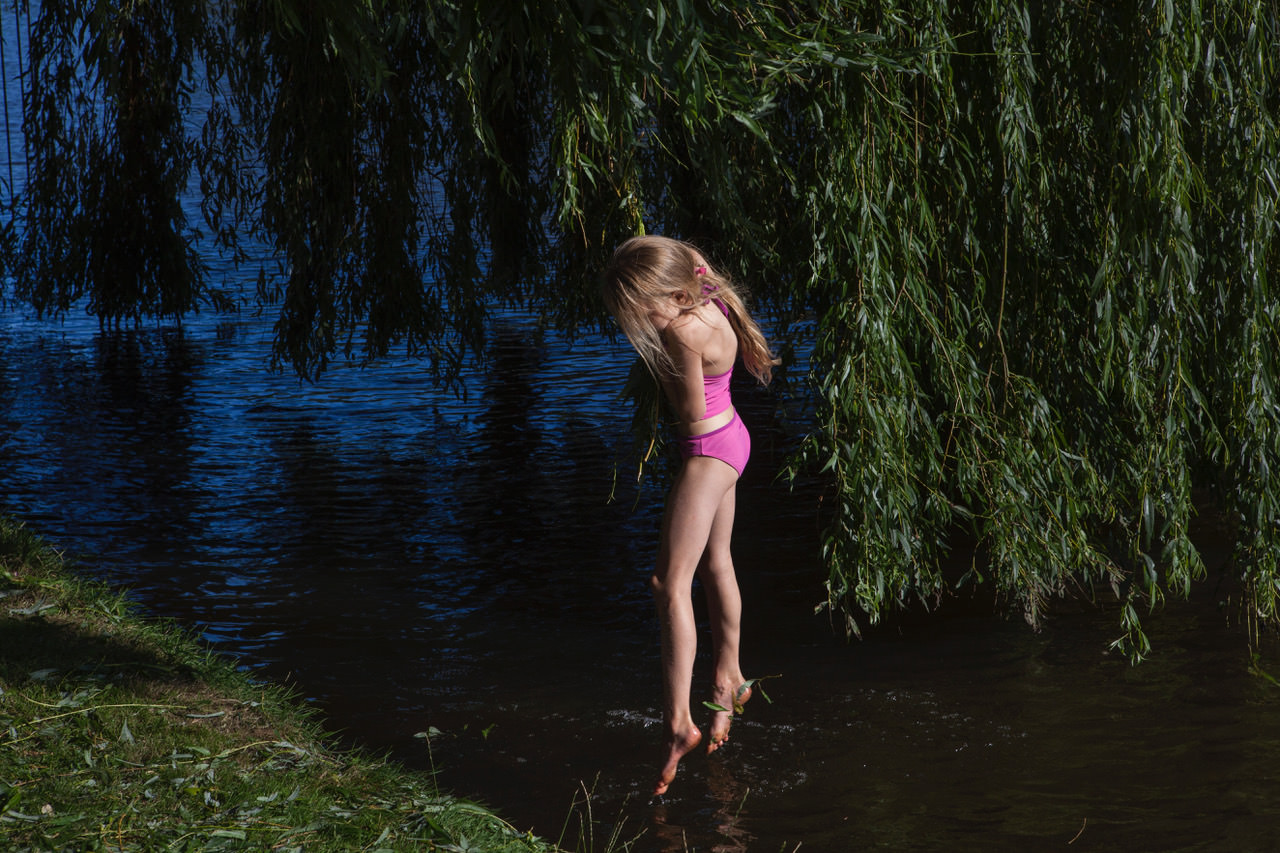Street Repeat Project: Interview with Julie Hrudová, the Founder & Curator
Hello Julie,
Could you introduce yourself and your project “Street Repeat”?
Tell us how it’s started and from which idea.
My name is Julie Hrudová and I’m a photographer and photo editor from Prague, but based in Amsterdam. Streetrepeat is my editorial project about repetitions in street photography.
It revolves around a déjà vu feeling I have when I was looking at images. Did I see this photo before? Is it the same one or a different one? First I started to collect the similar images from different photographers, later – in January 2018 – I began to publish the themes on Instagram.
Now there’s a website as well, with interviews, background stories and news: https://streetrepeat.org/
How you find the materials?
Usually I look through different feeds on Instagram, Flickr or Facebook. Sometimes I go through books as well. Now the account has some more followers, people also send me suggestions and even whole themes.
Street photography has grown a lot in these last years, do you think it’s inevitable that many photos look like each other?
I think so. It’s happening in every creative genre, and probably elsewhere. Street photography has indeed become very popular, and images are being published not only by photographers but also by curated accounts with a larger audience.
The influence is there; sometimes it’s unconscious, other times people just get inspired and try to recreate existing images or themes.
You said that Street Repeat is born as Instagram account, how important are social media in your work, both as curator of Street Repeat and street photographer?
Which one do you prefer and why?
They provide this direct line between creators and the audience, and of course between other creators. Streetrepeat was born out of Instagram, where a lot of work is being shared and where the similarities become visible. It seemed like the most logical platform for collecting and publishing these motifs. I’m using Instagram as a catalogue, also to keep up with the work of others. I still use Facebook, rather for updates about projects and exhibitions. And Flickr from time to time, to communicate with Burn My Eye members.
You are a talented photographer and since a few months you joined to the Burn My Eye street photography collective. Tell us something about it.
Thank you very much. I’m happy and honoured to be a part of Burn My Eye, a group of artists who I believe very strongly follow their personal vision. Something I admire a lot.
Although the situation has changed a lot in the last few years, there are still few women photographers, compared to men, who successfully engage in street photography, what do you think about it?
This is a natural process, I believe. There are more and more initiatives focussing solely on women, like Women Street Photographers and Women in Street. It’s always a good thing to get people inspired. But I also think it should not be forced too much, when gender starts to play a bigger role in terms of publications or invitations for events. I believe that if someone makes distinctive work, male or female, it will get noticed.
Also I’ve never really felt like a ‘female’ photographer. When my work was not selected for publications or festivals, I knew I had to try harder to make something more interesting. It’s a competitive world, also for male photographers, so I’d say we all have to work for it.
How would you define your photographic style? Why you shoot mainly (or only) in color?
I find it difficult to describe my work or style.. I try to focus on a translation of one reality into another one. Isolating people and situations, letting it become less clear about what is happening or why it is happening. Maybe it’s about unfinished stories, or about the absurdity of life. Colour gives me more opportunity to play.
What inspired you to start working with street photography, both as individuals and Street Repeat curator and then as a collective?
This happened naturally. I have always been a visual person, drawing and painting a lot as a child. I also like to observe. The camera has become the perfect tool to record my observations. My other ‘obsession’ is collecting, bringing similar elements together – that, together with the existing motifs in photography, inspired me to start Streetrepeat.
And the collective is a useful way to share visions and create collaborative projects.
Which are the advantages (and disadvantages) of being part of a collective?
I’ve been with Burn My Eye for just a few months, so not sure if I can already say a lot about it. In a way it’s a family. This visual craving connects us and we can share it with each other. As (street) photography can be lonesome, the collective spirit is valuable.
How does Burn My Eye collective work? Do you all have different roles in it?
It works as a group of people who like to make, edit and share work. I like the fact that there is an urge to make collective edits. In terms of roles, a little bit; some photographers make the edits, some are more often in charge of the social media accounts, and others edit videos. It’s always challenging when everyone is busy and living across continents, but the more I admire all the things that are actually being done within the collective.
Who are your photographers of reference? And your favour collective?
Among others it’s Lars Tunbjörk and Martin Kollar. As for collectives, in-Public / un-Public – I’m curious to see which direction the collective will take. Some others like Unposed, Italian Street Eyes, interCollective.. there are a lot of them.
What advice would you give to someone who is starting to do street photography?
Something with good shoes, a lot of persistence and trying to find an own visual obsession or urge.
Thank you very much Julie!
Thanks to you!!


